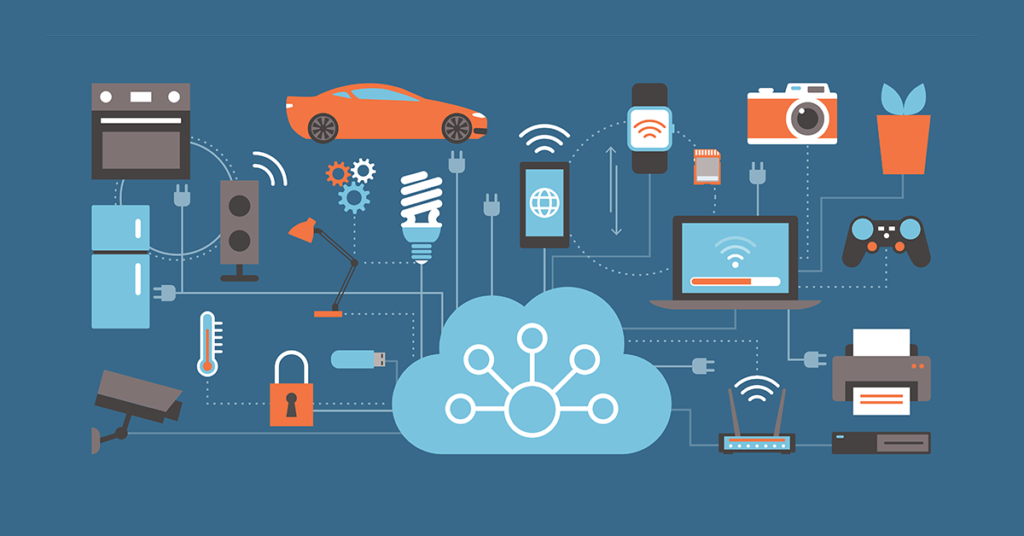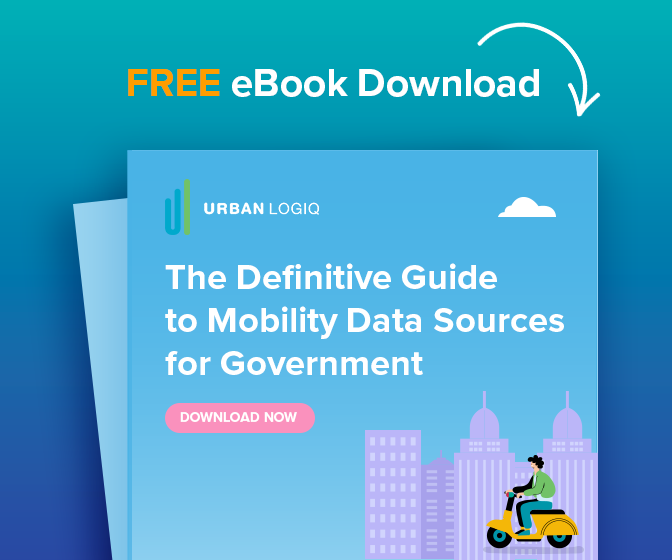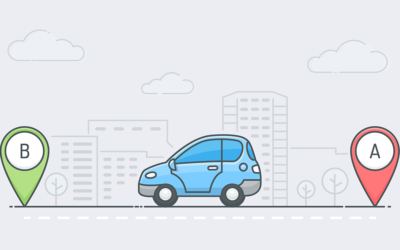The Role of Emerging Data in Traffic Data Collection Programs
Traffic data collection is a critical activity that governments use to determine traffic patterns and predict future trends. Whether it be data from cameras above intersections, pneumatic tubes along bike lanes, or even people with clipboards counting vehicles, data collection methods all work in tandem to inform traffic professionals on the ebb and flow of traffic. The assortment of collection methods used to gather this data is generally referred to as a traffic data program.
What are traffic data programs?
Government agencies are typically responsible for arterial, collector, and local roadways, and make the majority of traffic management decisions. As a result, Governments are the largest beneficiaries of collecting and making sense of traffic data. This data drives important decisions related to traffic operations such as intersection and laning upgrades, or traffic signal retiming. Due to the inherent need for data, most agencies have robust traffic data programs to inform the operation of their road networks.
Traffic data programs employ a number of temporary and permanent counters in addition to ad hoc manual methods to quantify traffic patterns. For example, an agency may use permanent sources such as induction loops to measure changes in traffic on key corridors, and temporary sources such as pneumatic tubes to fill in data gaps for areas that permanent sensors don’t cover. The result of combining different technologies and manual methods often results in a piece-meal approach to data collection.
Although this may be sufficient for getting by, relying solely on traditional data sources can have a number of disadvantages. These disadvantages may include:
Cost. For example, hardware such as induction loops incur installation, operation, and maintenance costs, in addition to the costs of the hardware itself.
Coverage limited to equipment/survey locations. Sensors such as induction loops, Bluetooth devices, and others only collect data in the locations that the technology is available. This restricts analysis such as origin-destination and travel time studies strictly to areas with equipment.
Reliance on personnel for implementation and upkeep. Abrupt changes associated with COVID-19 impacted the ability for agencies to collect traffic data. Regular collection of data and the execution of traffic studies were impacted by the inability for personnel to be in the field.
These drawbacks are not to say that traffic data programs are insufficient. Instead, they provide opportunities for traffic professionals to assess alternative data sources and evaluate how they could fit within their existing programs.
How do emerging data sources fit in?
Emerging data sources are one of the best starting points to bolster any traffic data program. So what are they? Plain and simple, emerging data is any data produced by technologies that have not been traditionally harnessed for data collection. Common examples within transportation include telecommunications cellular signal data, connected vehicle data, location-based services data, and others. This data is most commonly sourced from network-enabled devices (e.g., smartphones) and connectivity infrastructure (e.g., in-vehicle transponders).
In our ebook, “The Definitive Guide to Mobility Data Sources for Government” we outline all of the emerging data sources currently available to transportation professionals.
We go into detail on the attributes they collect, costs, and other important characteristics to help public officials make the most informed decisions possible.
Discrete locations and times do not restrict these data collection methods as they do traditional sensors and hardware. Emerging data sources are naturally better at providing insight into traffic trends across all areas, 24 hours a day, 365 days a year. These benefits, and those found below, make emerging sources a natural fit to augment any government traffic data program.
Granularity and pervasiveness. Emerging data is collected from connected devices which are not confirmed to discrete locations and times. These sources are naturally better at providing insight into transportation trends across all areas, at all times.
No hardware or setup costs for sensors required. The use of emerging data sources means users can get traffic data without the need for any hardware installation. Emerging sources allow for empirical data with virtually a few clicks — without deploying personnel.
Continuous improvement. The steady proliferation of connected devices will unlock incremental improvements in data granularity and coverage. Similarly, computing capabilities and underlying technology associated with these data sources continue to evolve, also contributing to improvements.
Cost savings. Similar to traditional methods of traffic data collection, as the underlying technology and processing capabilities associated with these data sources become more efficient and widespread, cost-savings can be realized.
Although the applications of big data, connected vehicles, and the works are detailed endlessly inside and outside of government contexts, they are often dismissed as infeasible options. As these sources remain relatively misunderstood, it’s no surprise that they aren’t part of most government traffic data programs.
However, as the underlying technology that supports these emerging sources continues to expand, they will assume a more central role in government traffic data programs. Whether agencies are looking to source new methods of data collection, supplement their existing traffic data program, or replace outdated processes, emerging data offers meaningful alternatives for agencies to enhance their traffic data programs.
Learn more
Interested in learning more about how emerging data can fit into your traffic data program? The Definitive Guide to Mobility Data Sources for Government is your singular resource for information on emerging and traditional mobility data sources.




